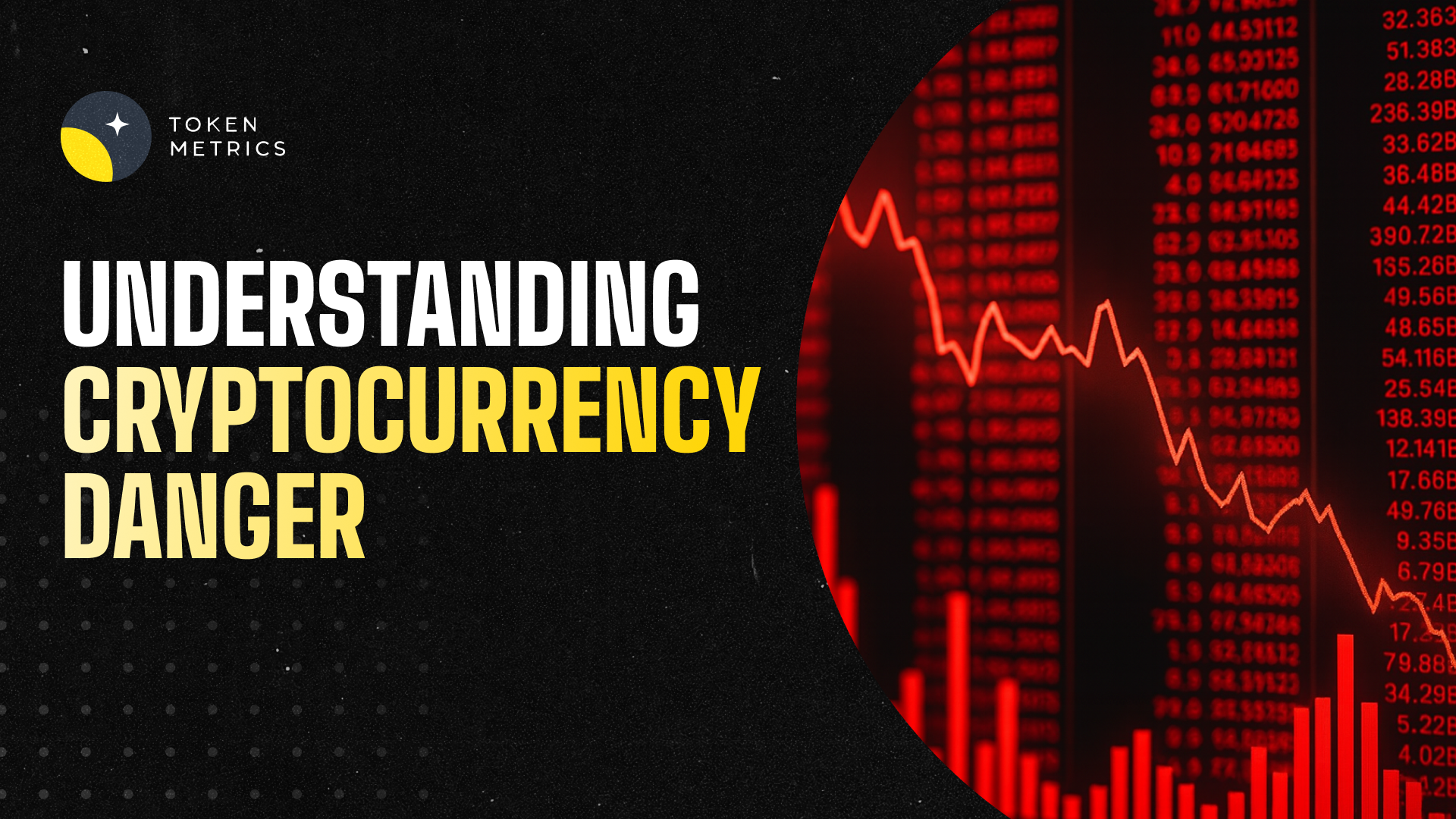
Mastering Paginated API Responses: Efficiently Listing All Transactions

Managing large volumes of blockchain transaction data is a common challenge for developers building crypto dashboards, on-chain analytics tools, or AI applications. Most APIs limit responses to prevent server overload, making pagination the default when listing all transactions. But how can you reliably and efficiently gather complete transaction histories? Let’s dive into proven strategies for handling paginated API responses.
Understanding Pagination in Transaction APIs
APIs often implement pagination to break up large datasets—such as transaction histories—into manageable portions. When requesting transaction data, instead of receiving thousands of records in one call (which could strain bandwidth or lead to timeouts), the API returns a subset (a "page") and instructions for fetching subsequent pages.
- Limit/Offset Pagination: Requests specify a limit (number of items) and an offset (start position).
- Cursor-Based Pagination: Uses tokens or "cursors" (often IDs or timestamps) as references to the next page, which is more efficient for real-time data.
- Keyset Pagination: Similar to cursor-based; leverages unique keys, usually better for large, ordered datasets.
Each method affects performance, reliability, and implementation details. Understanding which your API uses is the first step to robust transaction retrieval.
Choosing the Right Pagination Strategy
Every API is unique—some allow only cursor-based access, while others support limit/offset or even page numbering. Choosing the right approach hinges on your project’s requirements and the API provider’s documentation. For crypto transaction logs or on-chain data:
- Cursor-based pagination is preferred—It is resilient to data changes (such as new transactions added between requests), reducing the risk of skipping or duplicating data.
- Limit/offset is practical for static datasets but can be less reliable for live transaction streams.
- Hybrid approaches—Some APIs provide hybrid mechanisms to optimize performance and consistency.
For example, the Token Metrics API leverages pagination to ensure large data requests (such as all transactions for a wallet) remain consistent and performant.
Best Practices for Handling Paginated API Responses
To list all transactions efficiently, adhere to these best practices:
- Read Documentation Thoroughly: Know how the API signals the next page—via URL, a token, or parameters.
- Implement Robust Iteration: Build loops that collect results from each page and continue until no more data remains. Always respect API rate limits and error codes.
- De-Duplicate Transactions: Especially important with cursor or keyset strategies, as overlapping results can occur due to data changes during retrieval.
- Handle API Rate Limits and Errors: Pause or back-off if rate-limited, and implement retry logic for transient errors.
- Use Asynchronous Fetching Carefully: For performance, asynchronous requests are powerful—but be wary of race conditions, ordering, and incomplete data.
Below is a generic pseudocode example for cursor-based pagination:
results = []
cursor = None
while True:
response = api.get_transactions(cursor=cursor)
results.extend(response['transactions'])
if not response['next_cursor']:
break
cursor = response['next_cursor']
This approach ensures completeness and flexibility, even for large or frequently-updated transaction lists.
Scaling Crypto Data Retrieval for AI, Analysis, and Automation
For large portfolios, trading bots, or AI agents analyzing multi-chain transactions, efficiently handling paginated API responses is critical. Considerations include:
- Parallelizing Requests: If the API supports it—and rate limits allow—fetching different address histories or block ranges in parallel speeds up data loading.
- Stream Processing: Analyze transactions as they arrive, rather than storing millions of rows in memory.
- Data Freshness: Transaction data changes rapidly; leveraging APIs with webhooks or real-time "tailing" (where you fetch new data as it arrives) can improve reliability.
- Integration with AI Tools: Automate anomaly detection, value tracking, or reporting by feeding retrieved transactions into analytics platforms. Advanced solutions like Token Metrics can supercharge analysis with AI-driven insights from unified APIs.
Security Considerations and Data Integrity
When fetching transaction data, always practice security hygiene:
- Secure API Keys: Protect your API credentials. Never expose them in public code repositories.
- Validate All Data: Even reputable APIs may deliver malformed data or unexpected results. Safeguard against bugs with schema checks and error handling.
- Respect Privacy and Compliance: If handling user data, ensure storage and processing are secure and privacy-respectful.
Systematically checking for data consistency between pages helps ensure you don’t miss or double-count transactions—a key concern for compliance and reporting analytics.
Build Smarter Crypto Apps & AI Agents with Token Metrics
Token Metrics provides real-time prices, trading signals, and on-chain insights all from one powerful API. Grab a Free API Key
Frequently Asked Questions
What is pagination in APIs and why is it used?
Pagination is the process of breaking up a large dataset returned by an API into smaller segments, called pages. This practice prevents bandwidth issues and server overload, improving response times and reliability when dealing with extensive data sets such as blockchain transactions.
Which pagination method is best for crypto transaction APIs?
Cursor-based pagination is typically best for live or evolving datasets like blockchain transactions, as it’s less prone to data inconsistency and works well with rapid updates. However, always follow your chosen API’s recommendations for optimal performance.
How do you ensure no transactions are missed or duplicated?
Always implement data de-duplication by tracking unique transaction IDs. Carefully handle cursors or offsets, and consider double-checking against expected transaction counts or hashes for reliability.
Can I fetch all transactions from multiple addresses at once?
This depends on the API's capabilities. Some APIs allow multi-address querying, while others require paginated requests per address. When retrieving multiple lists in parallel, monitor rate limits and system memory usage.
How can AI and analytics platforms benefit from proper pagination handling?
Efficient handling of paginated responses ensures complete, timely transaction histories—empowering AI-driven analytics tools to perform advanced analysis, detect patterns, and automate compliance tasks without missing critical data.
Disclaimer
This blog post is for informational and educational purposes only. Nothing herein constitutes investment advice or an offer to buy or sell any asset. Please consult relevant documentation and a qualified professional before building production systems.

.svg)

Create Your Free Token Metrics Account

.png)




%201.svg)
%201.svg)


%201.svg)


















.svg)




.png)